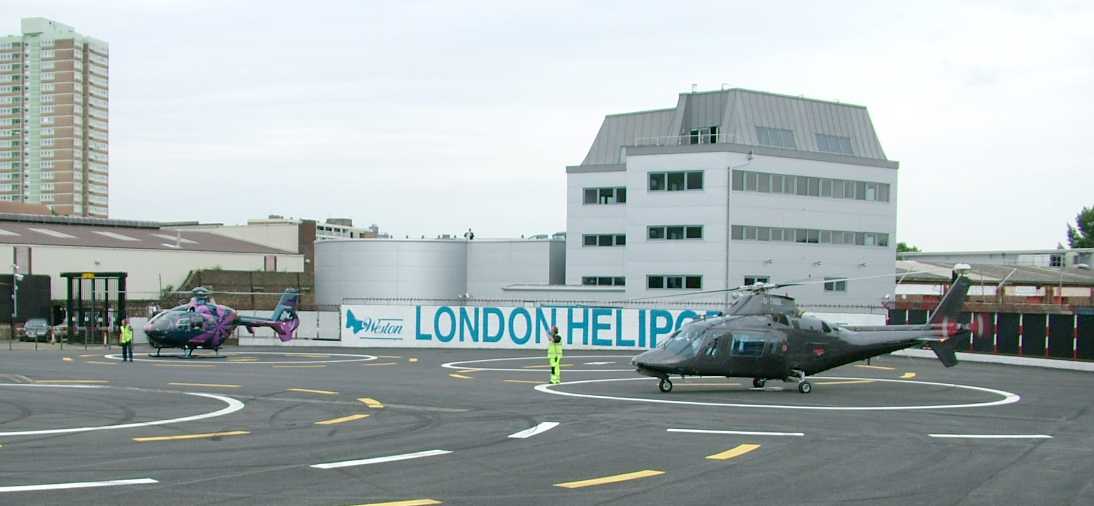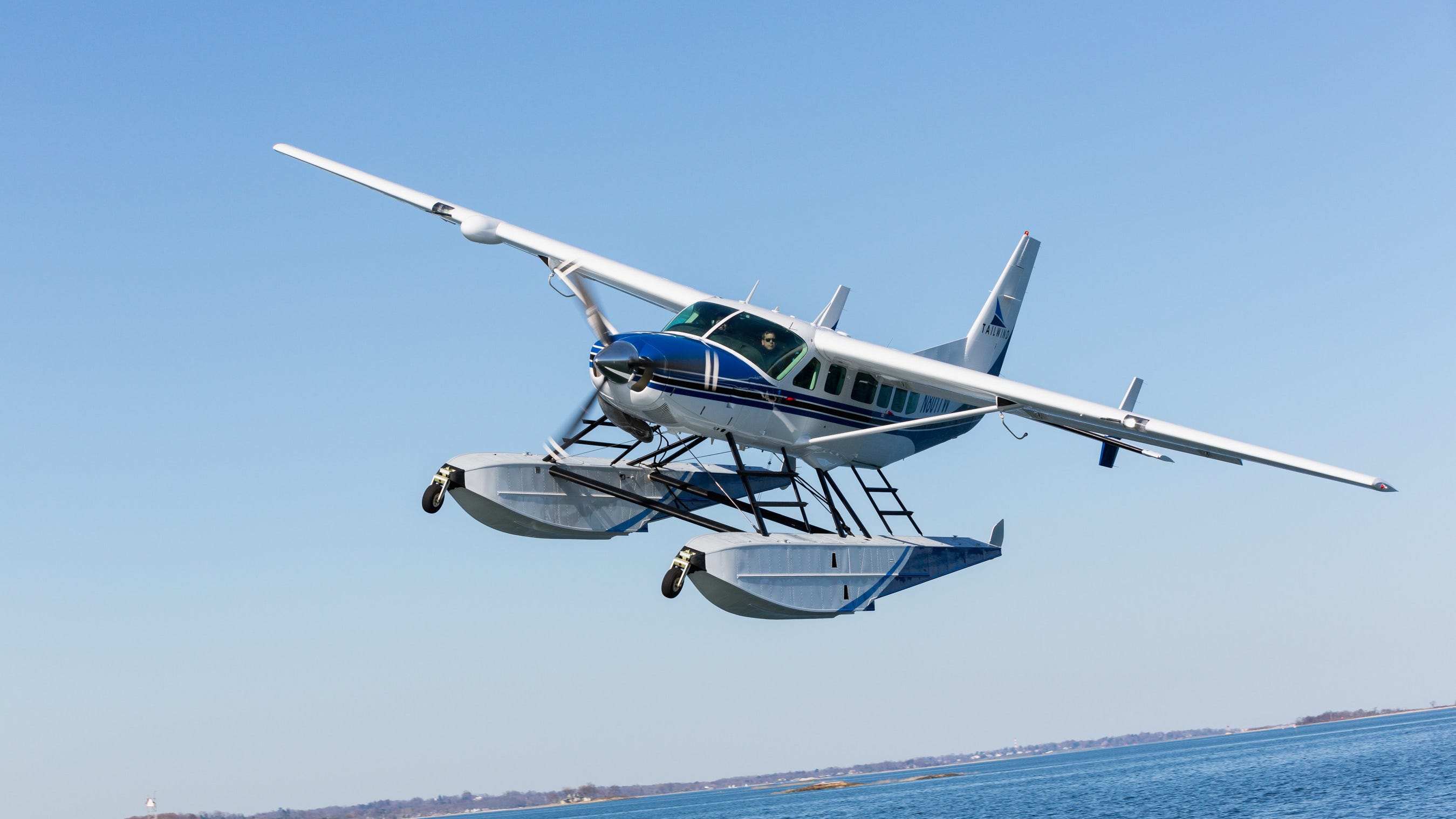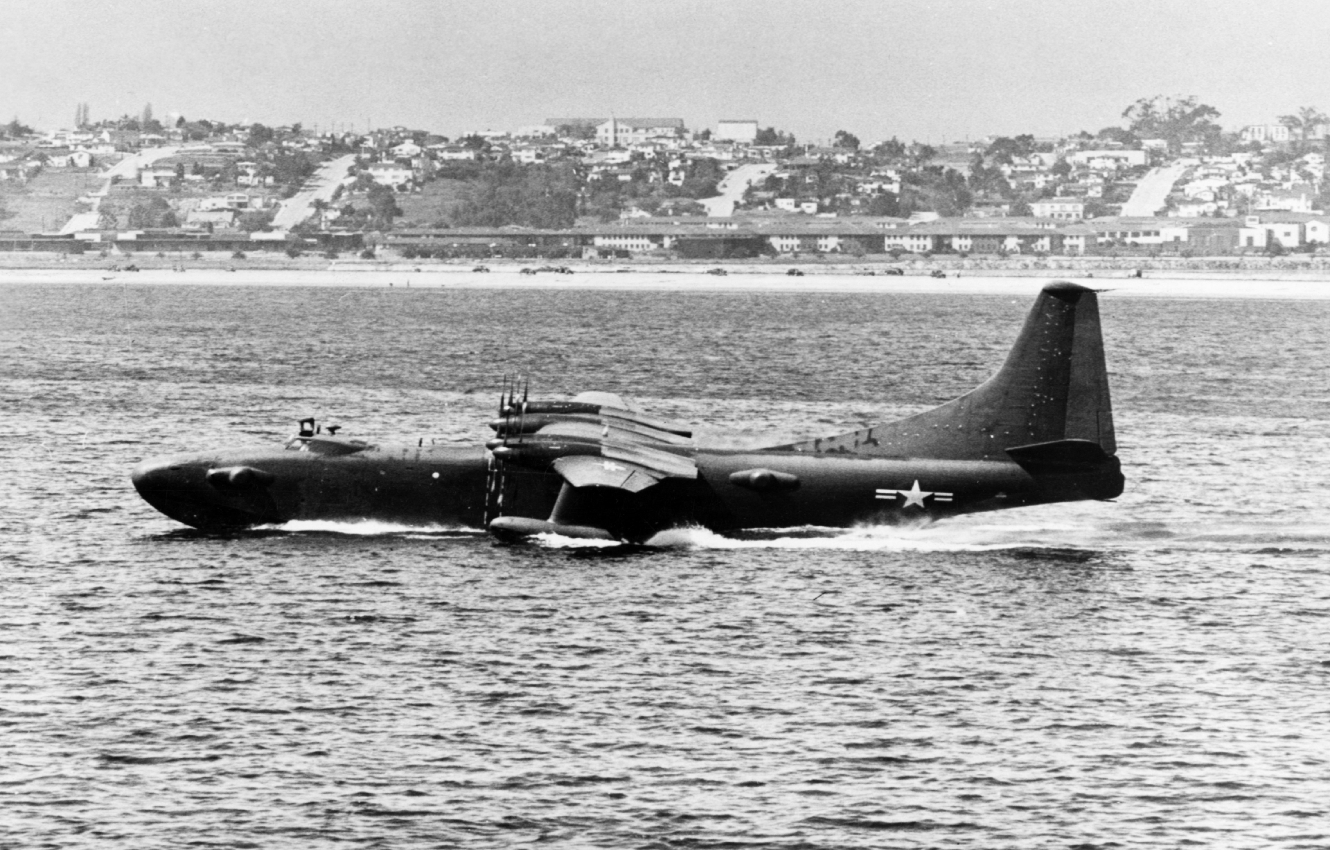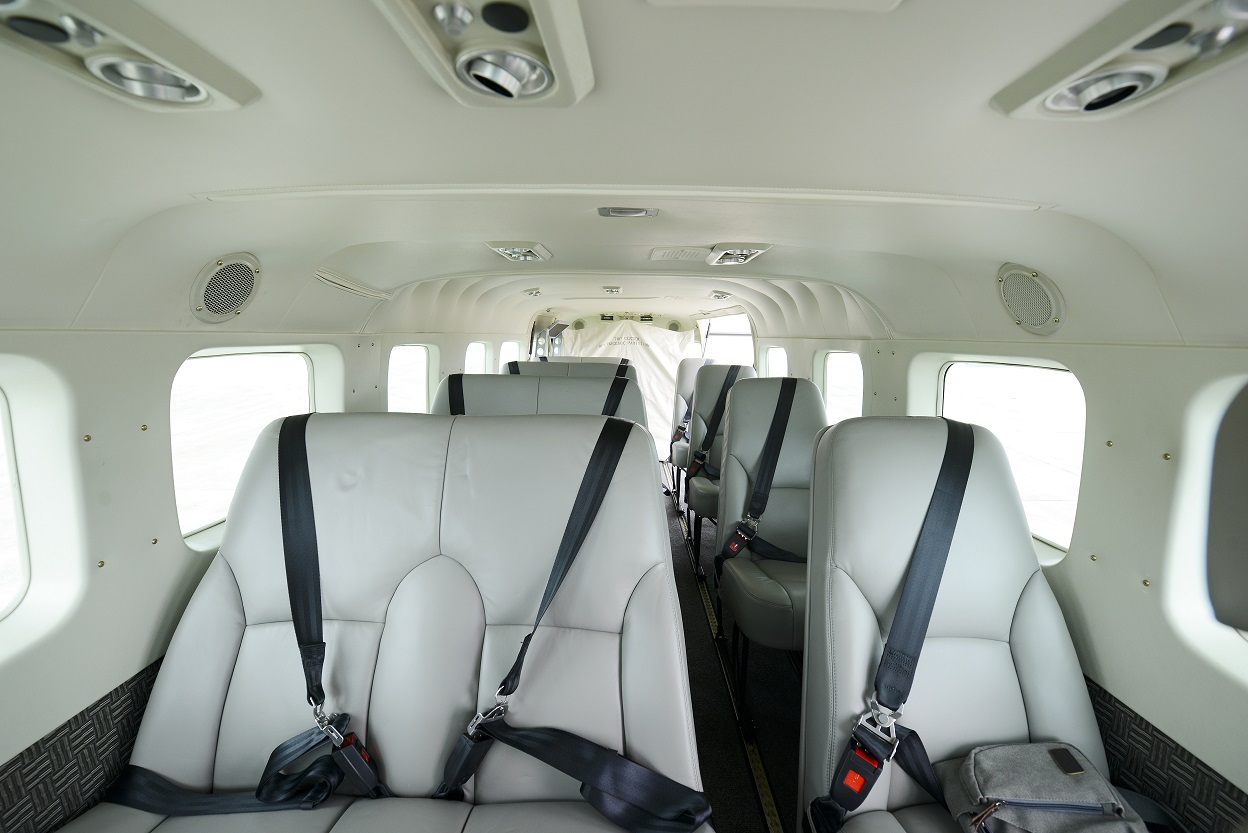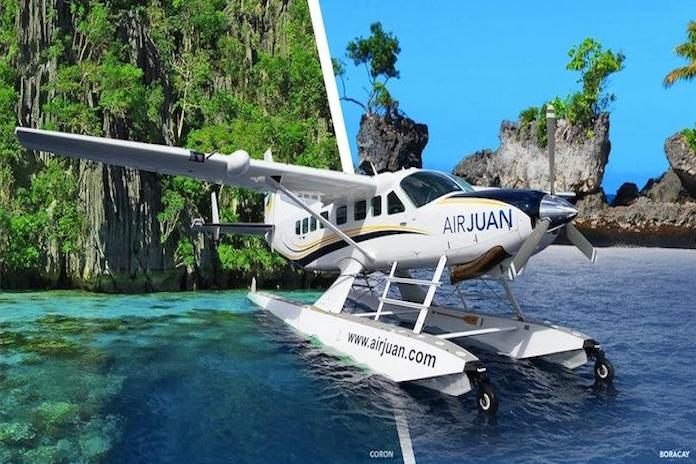But the Thames has a few bends next to London City. How much straight line take off distance do you need? The docks only offer similar distances to the runway.There must be reasons why most passengers travel to Heathrow and not to the City airport, surly not because of its favorite location (btw. when I travel to London, I take the train).
There is indeed a lot of water next to the City airport, isn’t it? I made no statements what it is used for nowadays, but it could have become a destination for seaplanes instead.
And then there are the skyscrapers at Canary Wharf. They lie to the south of the LCY approach from the west but pretty much in line with the straight stretch of river next to LCY. And also the steeper approach paths required for noise abatement. AIUI aircraft require specially approved to operate there.

